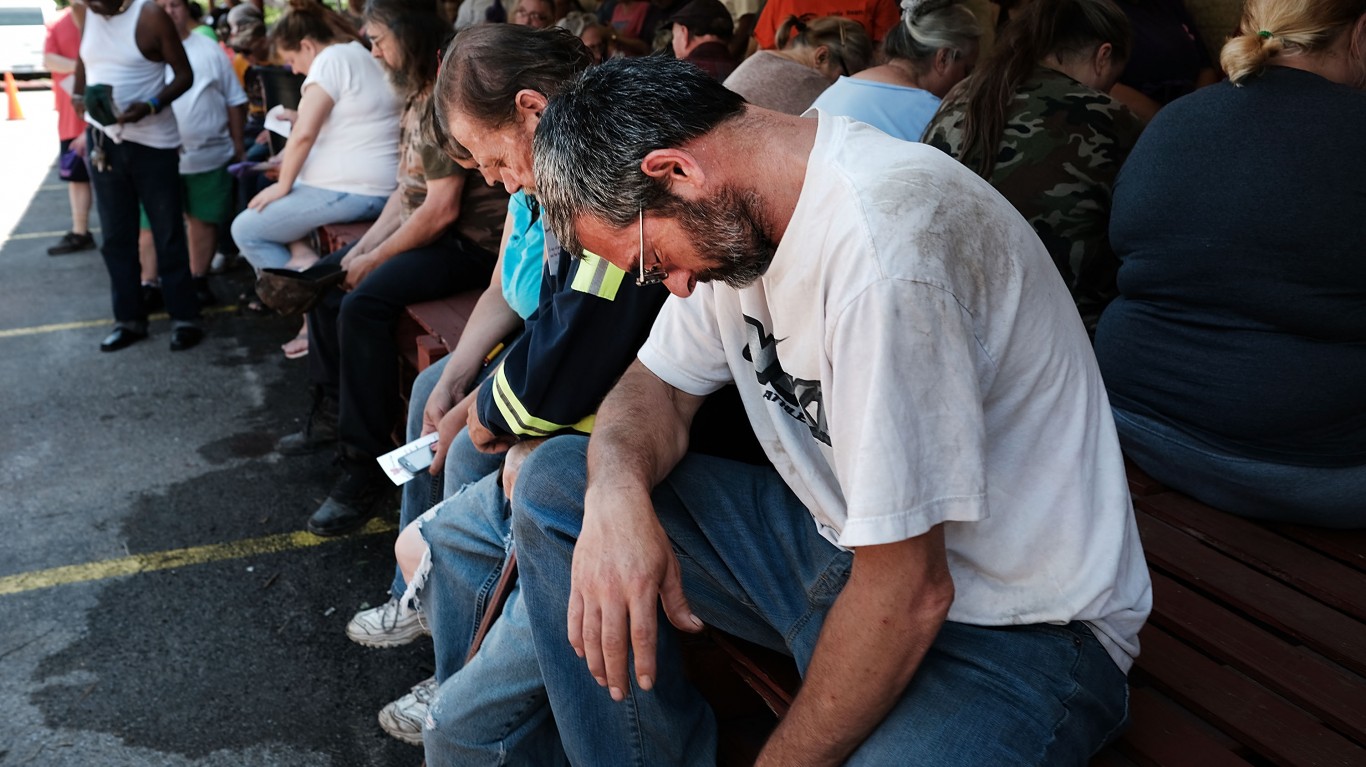
There have always been risks in China and in dealing with China. The U.S. trade war with China may be new, but many economists, analysts and market pundits have voiced concerns about China’s core economy and other issues about the country for years.
Now Moody’s has issued a report showing that China’s shadow banking assets are nearing a three-year low, while the regulatory crackdown continues to be eased selectively. The report indicated that asset management products and loans were the main areas seeing a contraction in shadow banking assets.
While China’s shadow banking sector continued to contract in the first half of 2019, Moody’s noted that the pace of overall credit expansion has slowed and is moderating the increase in economy-wide leverage.
Formal bank lending has sustained new credit supply, but Moody’s said the RMB1.7 trillion drop (about $238 billion U.S.) in shadow banking assets in the first half of 2019 has taken the level down to about RMB59.6 trillion (about $8.35 trillion U.S.). That is said to be the lowest level since the end of 2016, and it represents 64% of nominal gross domestic product as of June 30, 2019. That’s down from 68% of GDP as of the end of 2018, and drastically lower than its peak of 87% of GDP at the end of 2016.
Moody’s also explained that the crackdown on shadow banking continues to be eased selectively. Trust lending was down RMB133 billion (about $19 billion U.S.) between July 2019 and August 2019, but Moody’s pointed out that lending to local government financing vehicles increased in the second quarter of 2019, with a pickup in trust-government cooperation business.
There were two specific quotes from Moody’s that should help narrow the explanations further.
Michael Taylor, a managing director and the Chief Credit Officer for Asia Pacific for Moody’s, said in the report:
The contraction has been led primarily by the continued decline in the asset management business originated by banks and non-bank financial institutions. … This shadow banking segment was the initial focus of the regulatory crackdown that started in 2017.
George Xu, a Moody’s analyst, said:
While the banks have maintained a strong flow of credit to targeted micro and small enterprises — in response to government policy — they have reined in their lending to the corporate sector more broadly. … With the continued contraction of core shadow banking assets, the net result is a slower pace of overall credit expansion and a narrower gap between credit growth and nominal GDP growth.
Are You Ahead, or Behind on Retirement?
If you’re one of the over 4 Million Americans set to retire this year, you may want to pay attention. Many people have worked their whole lives preparing to retire without ever knowing the answer to the most important question: am I ahead, or behind on my goals?
Don’t make the same mistake. It’s an easy question to answer. A quick conversation with a financial advisor can help you unpack your savings, spending, and goals for your money. With Zoe Financial’s free matching tool, you can connect with trusted financial advisors in minutes.
Why wait? Click here to get started today!
Thank you for reading! Have some feedback for us?
Contact the 24/7 Wall St. editorial team.
 24/7 Wall St.
24/7 Wall St.



